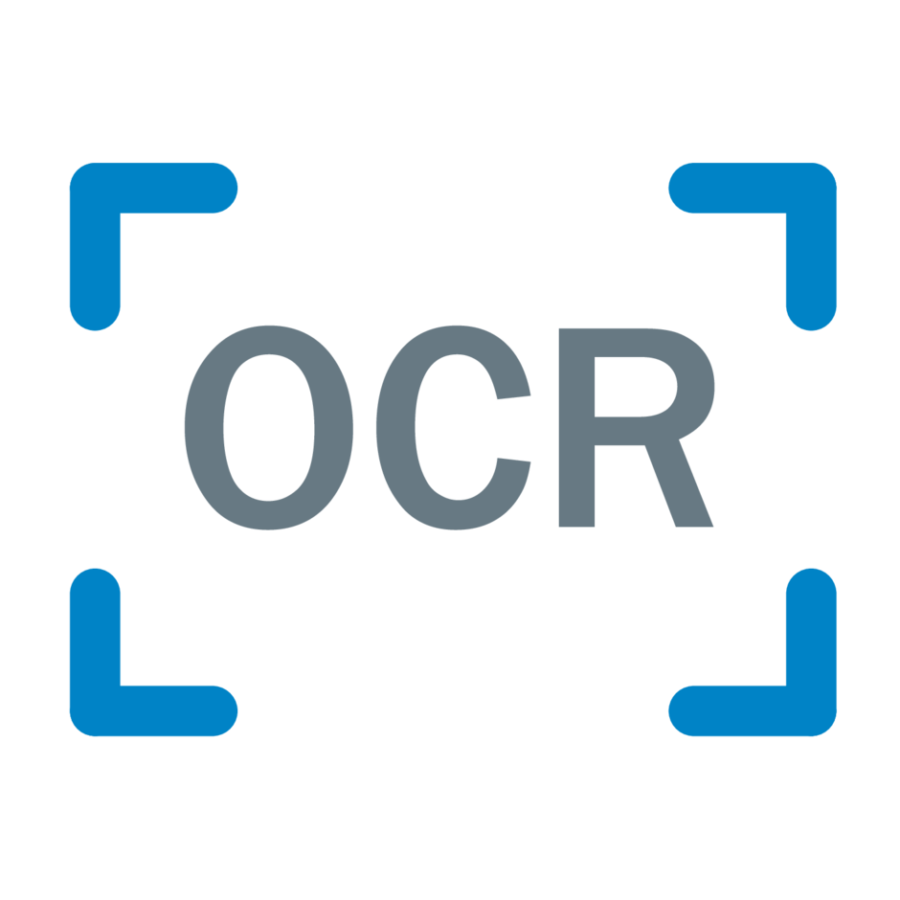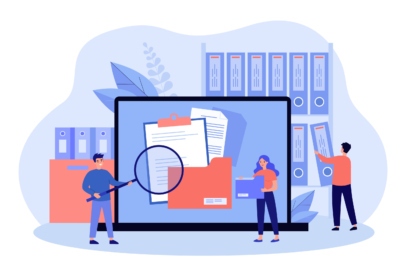Technological advancements have given numerous benefits to the common users and businesses as well. One of them is remote services which means that now customers do not have to visit office buildings. Now every service can be accessed through a single mobile click. Be it ordering food or reserving a table in a restaurant.
One of the essential benefits of modern technologies is digitization and especially data digitization. The conversion of papers into computer editable documents is known as data digitization. This is achieved using character recognition generally known as OCR technology in the market.
The value and breadth of data classification and capture solutions
OCR capabilities, the ability to extract machine-printed text from a digital image, is only one aspect of a data capture solution. Data can be extracted from documents in many different formats—hand-printed text (ICR), checkboxes (OMR), bar codes, etc.
Robust data capture solutions handle multiple document formats and can be used with both electronic and paper documents, eliminating paper and reducing manual identification and data entry of document content into other systems.
By employing OCR technology within a data capture solution, businesses can:
- Reduce costs
- Accelerate processes
- Automate document routing and content processing
- Centralize and secure data (no fires, break-ins or documents lost in the back vaults)
- Improve service by ensuring employees have the most up-to-date, accurate information when they need it
OCR Technology
The software application that can extract data from hard documents at the word and character level and transform them into soft documents is known as OCR technology. It can be used to digitize handwritten and typewritten documents as well. OCR software just needs a picture and it will capture data from it and put it on the computer in seconds. OCR for business is a service that gives the comfort of digitizing bulks of data at once. Businesses that deal with masses of paper documents daily can use this service and these services are available on the OCR technology. They just have to upload images to the online OCR software and can get digitized papers in real-time.
OCR does not restrict the business to upload papers of specific script or font. It can work on all types of writings easily. Being multi-language supported, it can understand data of almost all languages. Businesses operating in numerous countries sometimes experience papers in different languages. It can be difficult for normal character recognition technologies but not for OCR.
It solves problems that were faced by businesses in paper documents
How automated OCR capabilities for data entry benefits business operations and workflows
Businesses that employ OCR capabilities to convert images and PDFs (typically originating as scanned paper documents) save time and resources that would otherwise be necessary to manage unsearchable data. Once transferred, OCR-processed textual information can be used by businesses more easily and quickly.
The benefits of OCR technology to businesses include:
- Elimination of manual data entry
- Resource savings due to the ability to process more data faster and with fewer resources
- Error reductions
- Reallocation of physical storage space
- Improved productivity
Data Search
Every business has to maintain customer records like their personal information or history. In old times it was recorded in papers. Whenever a customer requests his record, it takes hours in finding the required result. For example, a bank that has to deal with hundreds of customers must have thousands of documents and these data searches are really are to do in this sense because it is really hard. Finding a specific record in all papers is a tough and tedious task. The search was done by employees manually, taking their efforts at the time.
It also takes more financial resources of the business in the form of employee salaries or other expenses. The long search process also gives a bad customer experience because they have to wait for their required request.
Data Editing
Altering a single word or the whole sentence wasn’t that much easy before soft documents. Businesses have to arrange new papers or erase the previous entry for it. The alteration on the paper often damages the beauty of the document. Erasing or cutting is not considered good practice for record saving. For example, in banks, a customer’s current account balance can change daily. So the bank has to manage by adding new rows to the register and cutting the previous. It also resulted in data failure where it becomes very difficult to understand the whole financial history of the customer. The employees had trouble managing these records effectively. It was not cost-efficient, buying new papers for new records is an expensive activity.
Data Storage
Now users can store thousands of files in a small chip (flash drive). But it was not easy in paper documents where the storage takes heavy funds of the business. The papers were stored in physical locations like libraries. Every new register was added in the new column of the library. Also, when transferring the files from one office to the other is another difficult task. A business has to manage a vehicle for this.
Paper data has the least security, it can be burnt or damaged by natural disasters easily and it can be realyy harmful and it can destroy the database and our storage. It needs 24/7 security and a secure location. Having only one copy compromises the security greatly. Because making a copy is like writing an additional paper.
Wrapping it Up
Soft data is easy to manage and send, saving time and manual effort for the business. OCR can streamline business operations and save costs spending on traditional paper management procedures. Businesses should choose OCR and give seamless services to their customers as they can request it will be processed more quickly.







Recent Comments